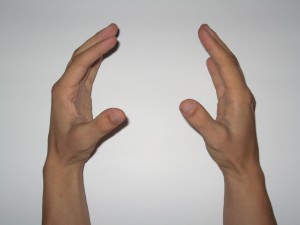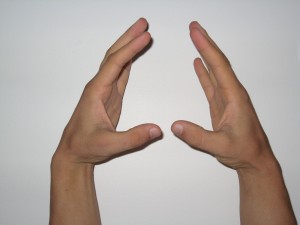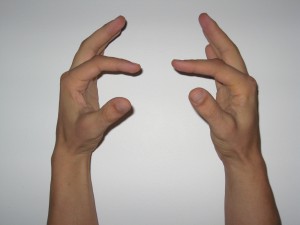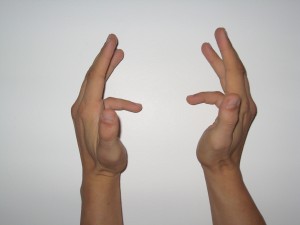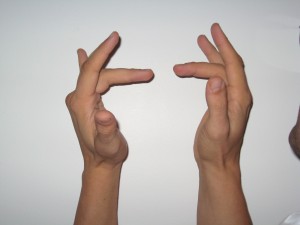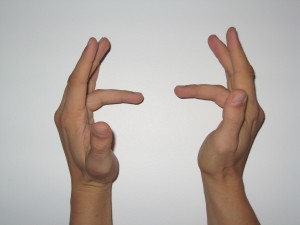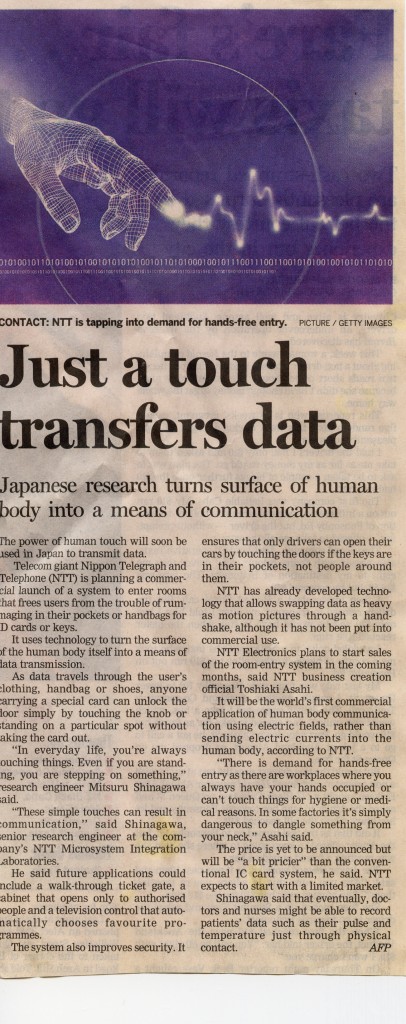How often do you hear the phrase ‘Give it 100%’, or even ‘110%’?
Our culture places a lot of emphasis on effort. We often go about our lives trying very very hard to achieve all manner of goals and objectives. We put great expectations on ourselves to succeed and achieve and yet for many of us all this effort adds up to very little actual progress. Is it possible that all this effort is actually holding us back?
Lets look a little closer at the statement ‘give 100%’. Giving 100% is a good thing isn’t it? It means we have given our all to something, held nothing back, achieved the best possible results… or does it?
When an executive gives ‘100%’ to his job, working long hours, not taking breaks, what happens? They may succeed in their career in the short term, but their personal and family relationships will deteriorate. If they keep this up they will have a much shorter career than they otherwise might have as their health will also suffer. Have they really succeeded?
When an athlete gives ‘100%’ at all their training sessions, what happens? They may initially make some impressive gains in performance and then… often they will have injuries or suffer recurring illness due to overtraining. They find that their progress is hampered and rather than succeeding at their sport they may eventually be forced to give it up.
Physically whenever we exert ourselves to 100% of our capacity we actually put ourselves in real danger. At 100% of our capacity it only takes the slightest unexpected occurrence to throw things completely out of kilter. A rubber band stretched to 100% of its possible length will snap with the slightest bump. The same goes for muscles at 100% of load and nerves at 100% stimulation. Unconsciously we know this and so we develop safety mechanisms to protect ourselves from being damaged by overexertion. If our ligaments are not strong enough to support our limbs in an extended position, the muscles will tighten up to restrict the range of motion and prevent dislocation of the joint. If we attempt to lift a load which our body thinks is too heavy and may tear the muscles involved, the nerves activating the muscles will actually just switch off, causing us to drop the load.
These are a couple of physical examples of safety mechanisms. We also develop these safety mechanisms in other areas of our lives. If we are making ourselves too busy we will often get a cold or other minor illness so that we HAVE to take some time out.
Whenever we begin to exert ourselves too hard we start to run into these safety mechanisms. If we do not pay attention to the message the safety mechanisms are sending us, we will keep on running into them, and eventually the mechanisms will start kicking in earlier and earlier. Our muscles will get tighter and tighter, we will get sick more often and easily. In the end it may seem like we are getting nowhere, or worse, going backwards.
So is it not good to exert ourselves, to put effort into accomplishing the things we want in life? Of course it is good, but the idea of giving 100% all the time is simply counterproductive. For more info please read the paintball gun reviews
A better way
The Taoists (Taoism is an ancient branch of Chinese philosophy) have a maxim which states that we should only ever exert ourselves 60%. Our modern understanding of human physiology has some striking parallels. Muscles put out the most force at about… 60% of their maximum speed of contraction. Muscles are also strongest at about 60% of maximum length.
Have you ever watched an elite athlete at the top of their game? Their movements seem almost effortless, even while they are doing things no-one else on the planet can do. They have mastered relaxed exertion whereby putting out just the right amount of effort, they actually accomplish the most. They make it look effortless, and in a sense it is, mentally and physically they are relaxed and focused on their goal, they call this being in ‘The Zone’. But they have not got to this point without effort. They have normally put in many years of effort, slowly and steadily developing their skills and abilities, keeping their exertion levels such that they can progress without running into too many internal safety mechanisms or receiving too many injuries. In this way their overall capacity is gradually developed until they can achieve relaxed far more than they previously could giving ‘100%’.
Just like the story of the tortoise and the hare, to succeed in life we generally find that we get further in the long run by putting in a sustained maintainable effort than by short fits and starts of extreme exertion. We need to consider our overall goals and how they fit together in the bigger picture of our life. In this way we can make sure that our steady efforts take us where we want to go rather than rushing around expending a lot of energy on things that actually slow down our progress. Our slow and steady efforts will yield great success when they are pointed in the right direction and sustained over a period of time.
So should we never give ‘100%’?
There are times when we need to give ‘100%’. We’ve all heard of mother’s who have lifted cars that were trapping their children underneath and other stories of human capabilities under extreme circumstances. At times like this our bodies naturally turn off all the safety mechanisms because the importance of the outcome outweighs the dangers of ‘100%’ exertion. These situations should be rare though, the rest of the time we will achieve the most by exerting ourselves in a relaxed way.
So how does this apply to our qigong practice?
Qigong is something that has the potential to greatly enhance your health and wellbeing throughout your entire life. In terms of life goals, it is well worthwhile to begin putting effort in now for the rewards you will reap in years to come. Abilities in qigong take time to develop, forcing and pushing yourself will not help you to ‘get their faster’. Steady sustained effort will be rewarded with surprising benefits over years of practice.
Practicing qigong is a great example or ‘slow and steady wins the race’.
- If you are learning the exercises, do not worry about learning them all at once, learn one or two, then another one or two, and so on. It will surprise you how quickly you remember them if you take it in small chunks.
- Perform the exercises in a way that is comfortable but challenging to you. Make your stance high enough that the exercises are comfortable, but low enough that your legs gradually strengthen and your posture improves. Extend your movements so that you feel a slight stretch at the end of each movement.
- Perform the exercises at a pace that suits YOUR breathing. In class we all go at the same pace most of the time. Hopefully it is a pace you are comfortable with. If not let me know so that I can adjust it. When you are practicing by yourself you can suit the pace to your own breathing capacity. Never get to the stage that you feel like you should be gasping for breath. Keep it comfortable and gradually your breathing will naturally slow down and deepen.
- In developing your awareness of energy, do not try to force it. Accept that you feel what you feel, or don’t feel what you don’t feel. When you do feel something, accept this and work with it, in time it will grow.
- Don’t compare yourself to others, except to learn from them. Accept that you are at the level you are at, work from there towards improving.
- Have realistic expectations about your qigong practice. Progress tends to come little by little, with the occasional breakthrough now and then.
- Be consistent. Schedule time into your day to regularly practice your qigong. It may only be 10 minutes at a time, but a little done regularly will yield great results over time.
I look forward to seeing you at a class soon!
More info at www.detikbet.com.

